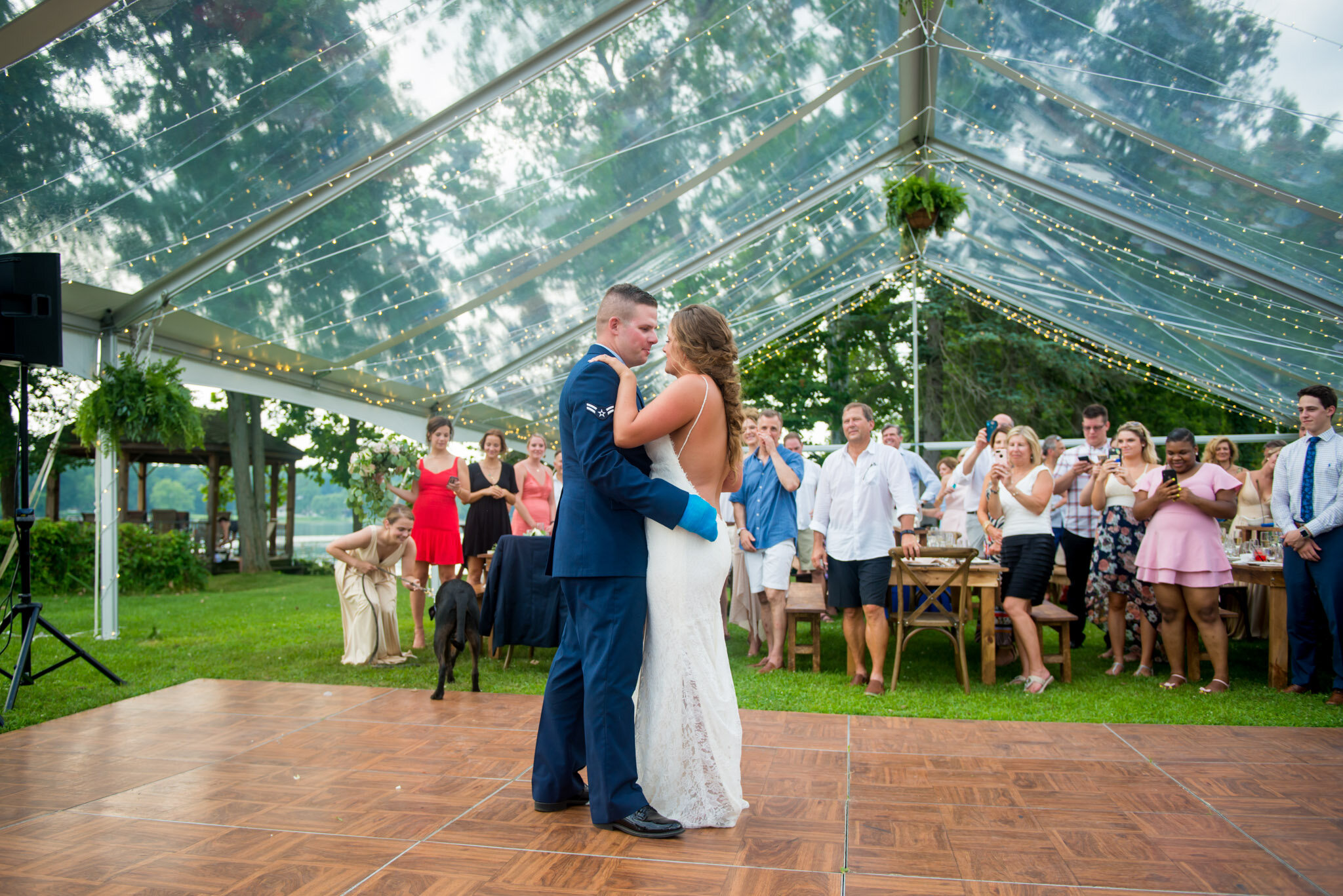Investigating the Diverse Substances That Transform Performance Surfaces into Stunning Aesthetic Experiences
Investigating the Diverse Substances That Transform Performance Surfaces into Stunning Aesthetic Experiences
Blog Article
Movement floors have developed significantly over the years, transforming more than just a space to move to music. Currently, they are converted into stunning visual experiences through the use of multiple materials and techniques. These substances not only enhance the aesthetic appeal of the area but also improve the complete experience for dancers and spectators alike. Comprehending the flexible materials that contribute to these dynamic environments can provide understanding into the craft of dance floor design.
One of the most frequent materials used in contemporary dance floors is light-emitting diode lighting. Light-emitting diode lights are power-saving and can generate a wide range of colors and impacts. They can be integrated in the floor itself or used as part of a lighting setup over the dance floor. This innovation allows for synchronized light shows that can change in reaction to the music, creating an engaging encounter. The ability to program these lights means that they can be customized to fit different themes or atmospheres, making each occasion distinct.
Another important substance is reflective surfaces, such as reflectors or polished tiles. These materials can create an illusion of space and depth, making the dance floor appear larger than it is. When dancers dance, their reflections can add an extra layer of aesthetic appeal, enhancing the complete show. Additionally, reflective surfaces can interact with illumination effects, amplifying the hues and designs displayed on the floor. This combination of illumination and reflection can enthrall spectators and boost the vitality of the occasion.
In addition to lighting and mirror-like materials, the use of digital screens has grown increasingly popular in dance floor creation. These screens can show vibrant images, graphics, or even live feeds of the show. By integrating electronic technology, event planners can create a multi-sensory experience that involves both the dancers and the spectators. The capability to change images in real-time allows for a dynamic environment that can adjust to the rhythm and vitality of the melodies, making each moment feel fresh and thrilling.
Additionally, the choice of surface material itself plays a crucial role in the complete encounter. Traditional wooden dance floors are still favored for their strength and functional qualities. However, newer materials like synthetic and elastic are becoming popularity due to their flexibility and ease of maintenance. These substances can provide superior shock absorption, reducing the chance of harm for dancers. Additionally, they can be designed with various patterns and colors, allowing for artistic representation in the dance floor's appearance.
In summary, the evolution of dance floors into breathtaking visual experiences relies on a mix of try this creative materials and technologies. Light-emitting diode lighting, reflective materials, electronic screens, and specialized flooring materials all add to creating an captivating environment for dancers and spectators. As innovation continues to advance, the possibilities for improving dance floor design will only expand, making future occasions even more enthralling and unforgettable. Understanding these materials helps value the artistry involved in creating spaces where dance and melodies come together in unison.
